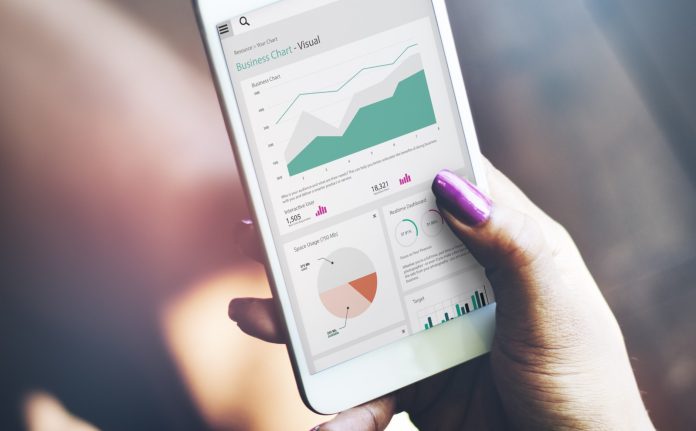
Tremendous opportunities exist for transactional practitioners to leverage technology to optimize outcomes. These opportunities center on four trends discussed below. Each trend has its roots in the now well-established field of litigation-support technology.
Litigation technology was born out of a need to manage the high volume of potentially responsive documents because of the shift from paper to electronic documents and communication. Electronically Stored Information (ESI) renders a 3D image of a document by introducing metadata, or data about data. ESI also results in content being created at a faster rate. This increase in complexity and volume required a different set of professional skills needed for litigation practitioners that combined an intimate knowledge of both the litigation process and how technology can be used to drive efficiencies in the e-discovery process.
A document repository that contains not only the content of a document but the metadata, along with memorializing attorney analysis on each document, is an important element to the litigator’s toolbox. Creating a robust document repository also allows for the reuse of client documents and attorney work product.
Another important tool in the litigator’s toolbox is Technology Assisted Review (TAR). This is a broad term referring to the application of technology in a traditional litigation document review. TAR applications can deal with high volumes of data without increasing headcount. It can also use artificial or augmented technology to rapidly synthesize documents and prioritize attorney review.
Trends
Lessons learned from the evolution of the above tools in the litigation setting are directly relevant to opportunities available to transactional lawyers to efficiently execute work on transactional matters.
Document Review Tools
Applications used to manage voluminous and complex litigation document reviews can be used for reviewing contracts in transactional matters. These tools can turn contract clauses into data points, which can then be analyzed, filtered, compared, etc., using TAR. Determining contracts that need updated language (such as LIBOR provisions), creating a “control center” for managing the due diligence process during M&A transactions, and executing real estate title reviews are just some examples of the type of projects that can be organized more efficiently with the use of litigation document review technology. Expect to see specialized document review tools continue to develop in the coming year tailored to the unique needs of transactional professionals.
Automation
Automating repeatable tasks can help streamline certain aspects of the deal closing process. Litigation support tools and teams have developed repeatable e-discovery workflows to streamline often complex processes and to ensure that anyone on the team can jump in and complete the tasks. The same technological approach is now gaining steam on such transactional matters as preparing an acquisition transaction for closing. There are tools that integrate with document management systems to automate closing checklists and signature packages. Improving protocols for security enhancement, such as procedures for validating wire payment information and ensuring bad actors do not slip into the process diverting funds is another way to utilize automation to strengthen and improve the deal closing process. Transactional professionals will want to look for opportunities to benefit from introducing aspects of automation where appropriate.
Technology Support Team
Your technology support personnel—whether internal, external, or a hybrid—can help brainstorm technology solutions for many legal projects. They tend to see problems from a unique perspective combining an understanding of legal practice, information technology, and workflow efficiencies. This space is where technology support professionals can be an invaluable resource for solving problems and increasing efficiency. Transactional professionals increasingly are tapping into the expertise of technology support providers and that trend will continue.
Legal Process Improvement
Litigation support professionals have been pioneers in using the principles of Legal Process Improvement (LPI) because of the high volume of client data managed during the e-discovery process. Discovery is typically the most expensive part of a litigation, and much attention is paid to ensuring every step is executed as efficiently as possible. Mapping out e-discovery processes helps demystify complex technical workflows. LPI principles can be used on transactional matters to create a clearer picture of best practices for repeatable tasks for new participants. It can uncover potential bottlenecks in existing workflows, allowing for improvements before the workflow is executed. It can also be an opportunity to define roles to make sure that the person with the appropriate billable hourly rate is doing the appropriate work.
Conclusion
Technology and strategy used to manage litigation efficiently are ripe for expanded use in transactional matters. Document review tools, automation, technology support teams, and legal process improvement have all been deployed for years in bringing order to what otherwise would be litigation chaos. Transactional workflows and outcomes can also be improved by the same strategies. These trends will bring transformational change to transactional practice benefitting both clients and their counsel in both the short and long run.
About the Author
Kate Jansons Johns is the Litigation Support Manager at Nutter. In this role, Kate is responsible for the day-to-day operation of Nutter’s e-discovery and litigation support initiatives, trainings, infrastructure, applications, and resources. Kate is a Certified E-Discovery Specialist (CEDS) with the Association of Certified E-Discovery Specialists (ACEDS).



